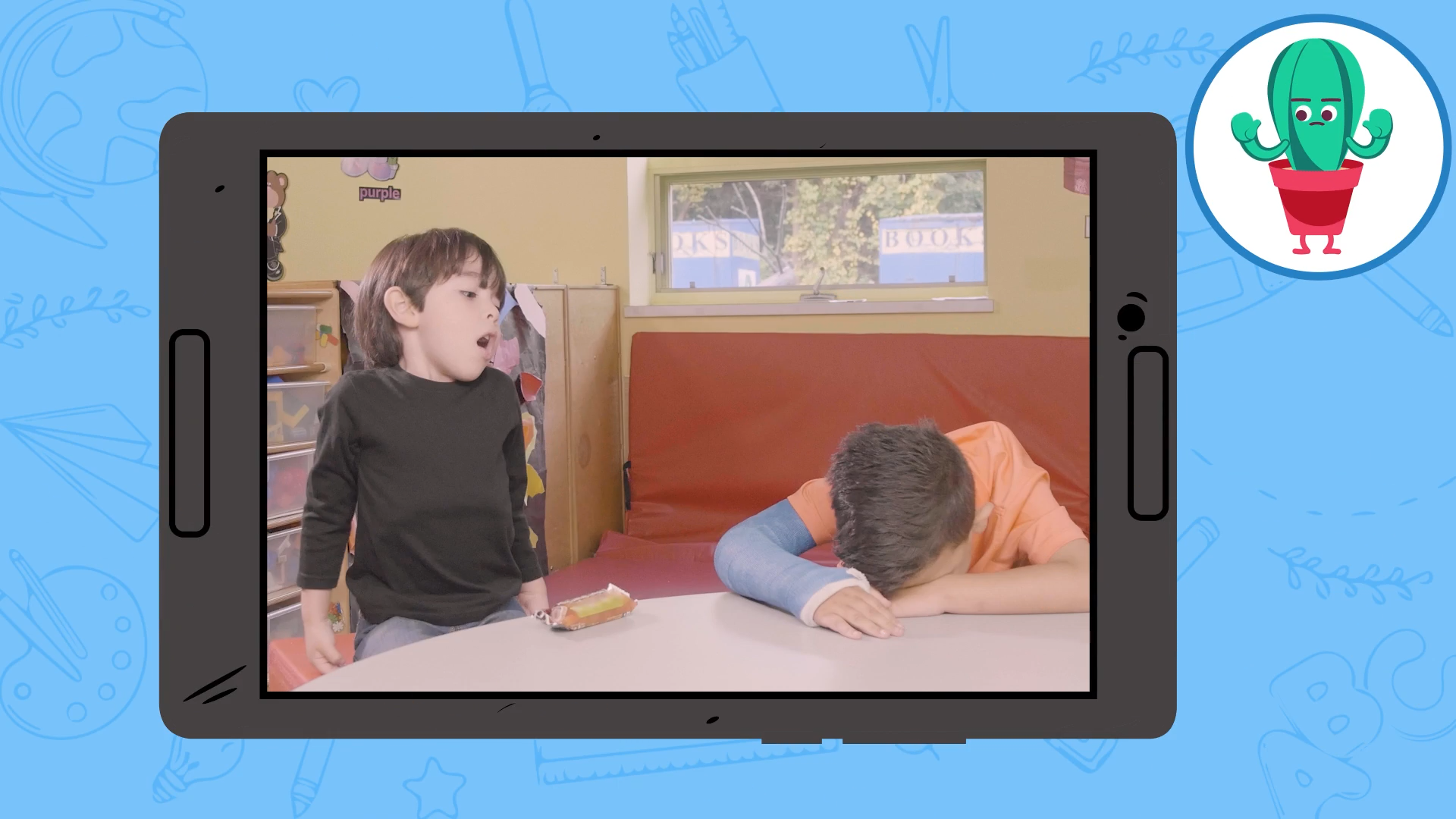
Introduction
As educators working with PreK students, it is essential to teach them how to cope with their emotions, especially when they are upset. By incorporating principles of Social-Emotional Learning, we can help our students develop healthy ways to handle their emotions and maintain a calm state of mind. In this blog post, we will explore a no-prep activity, discussion questions, and related skills to support our students in learning how to deal with being upset.
No-Prep Activity
Here is a simple, no-prep activity that you can use in your classroom to help students practice calming techniques when they are upset:
The Calming Jar
- Ask your students to sit in a circle.
- Explain to them that sometimes we feel upset or angry, and it’s essential to find ways to calm ourselves down.
- Introduce the “Calming Jar,” a transparent container filled with glitter and water. You can create this ahead of time or involve your students in the process.
- Shake the jar to mix the glitter and water, then ask the students to watch as the glitter settles.
- While the glitter settles, encourage your students to take deep breaths and count to ten, helping them practice mindfulness and relaxation techniques.
- Discuss how watching the glitter settle can be a metaphor for their emotions, as they too can find calm after being upset.
Discussion Questions
- Why is it important to learn how to calm ourselves down when we are upset?
- What are some situations that might make you feel upset or angry?
- Which calming techniques do you find most helpful when you are feeling upset?
- How did you feel after watching the glitter settle in the Calming Jar?
- How can we help our friends when they are feeling upset?
Related Skills
In addition to learning how to cope with being upset, there are other relevant skills that can support PreK students in their emotional development. These include:
- Emotion recognition: Teach students to identify and label their emotions, as well as the emotions of others. This skill helps them understand their feelings and empathize with their peers.
- Communication: Encourage students to express their emotions verbally or through non-verbal cues, such as drawing or acting out their feelings. Effective communication allows them to seek support when needed.
- Problem-solving: Help students develop strategies to solve conflicts and challenges they may face. By learning how to problem-solve, they can better manage their emotions in difficult situations.
- Self-regulation: Teach students to control their impulses and behaviors, especially when they are upset. Self-regulation is crucial for maintaining a positive classroom environment and building healthy relationships.
Next Steps
Now that you have learned about an activity, discussion questions, and related skills to support PreK students in coping with being upset, it’s time to put these strategies into practice. To access free samples of these skills and others, sign up at Everyday Speech. By incorporating Social-Emotional Learning into your classroom, you can help your students develop healthy emotional habits and foster a positive learning environment.

